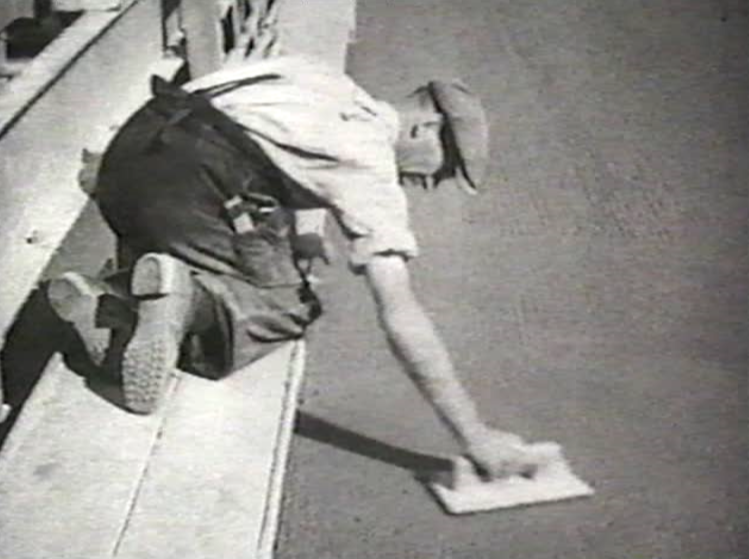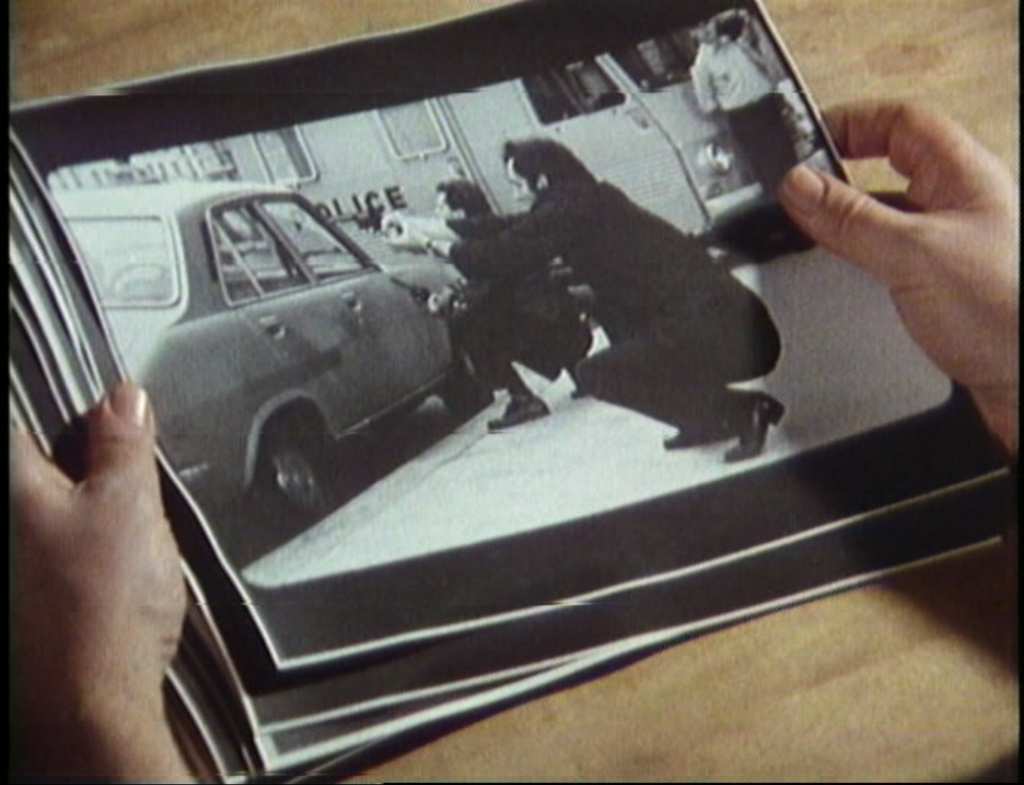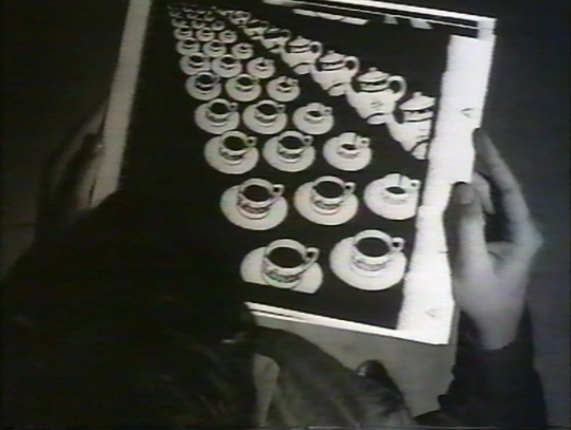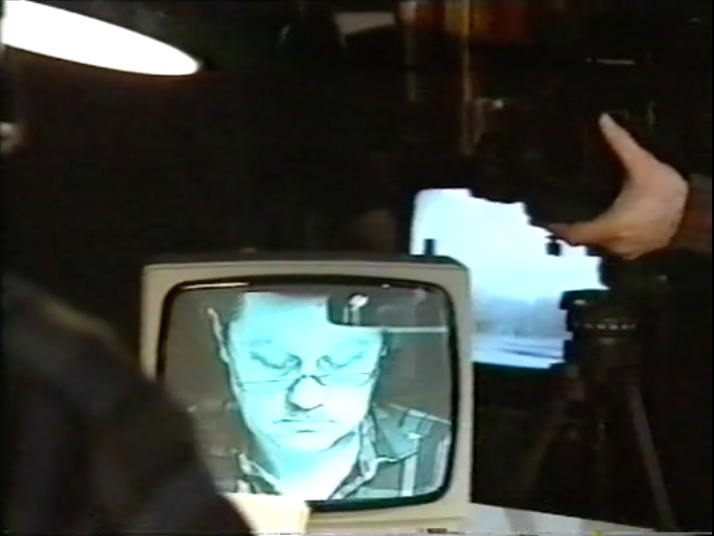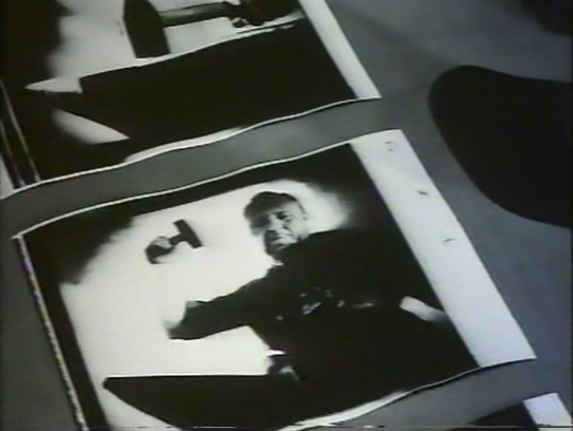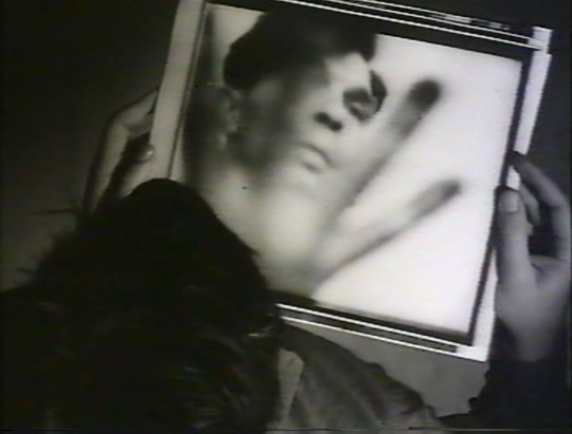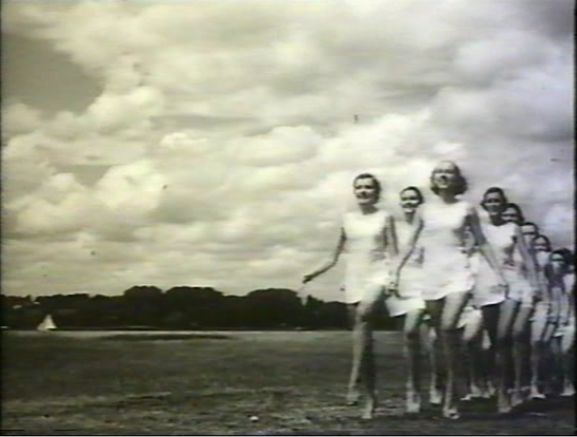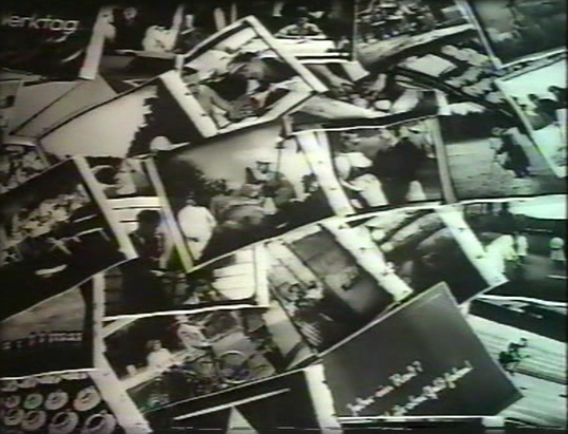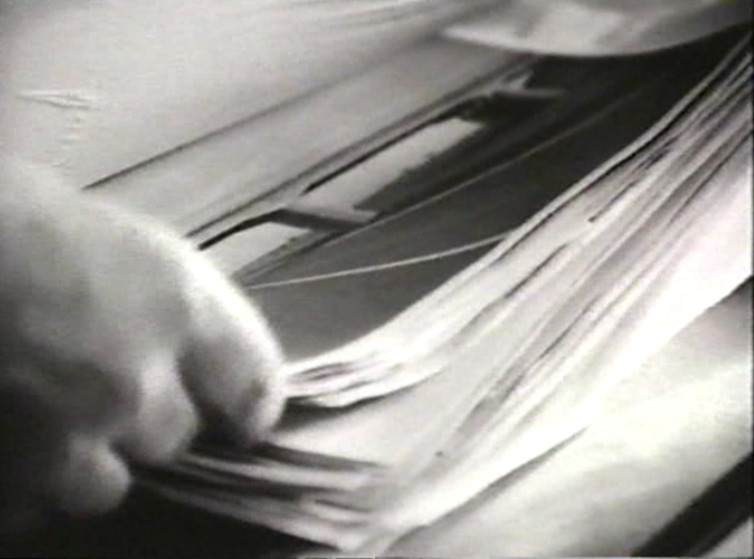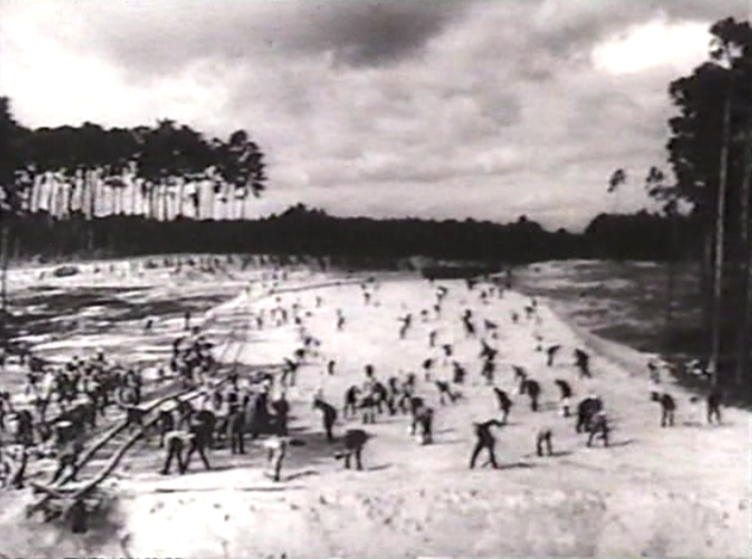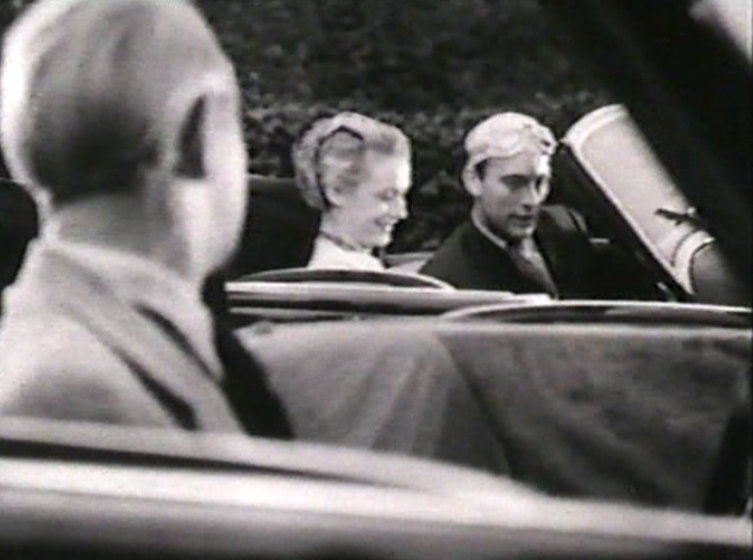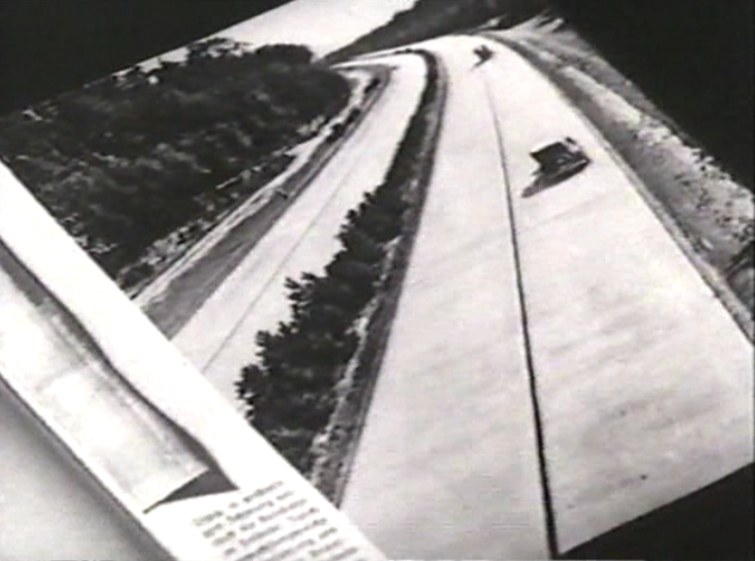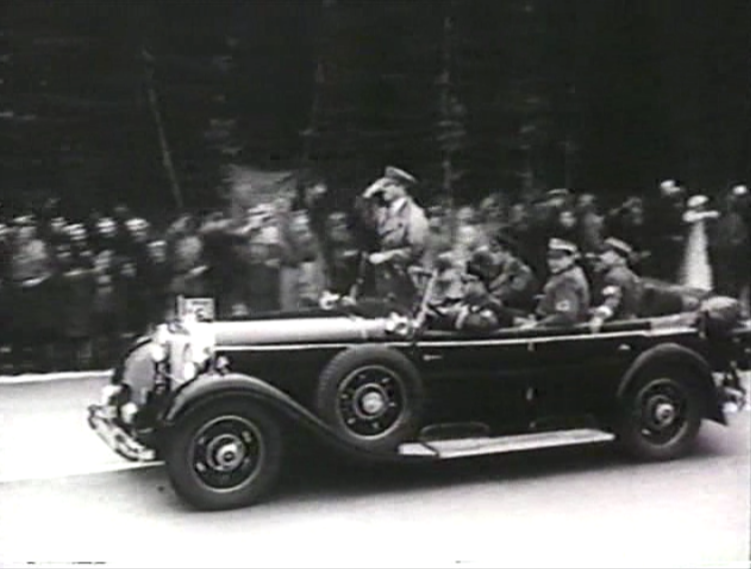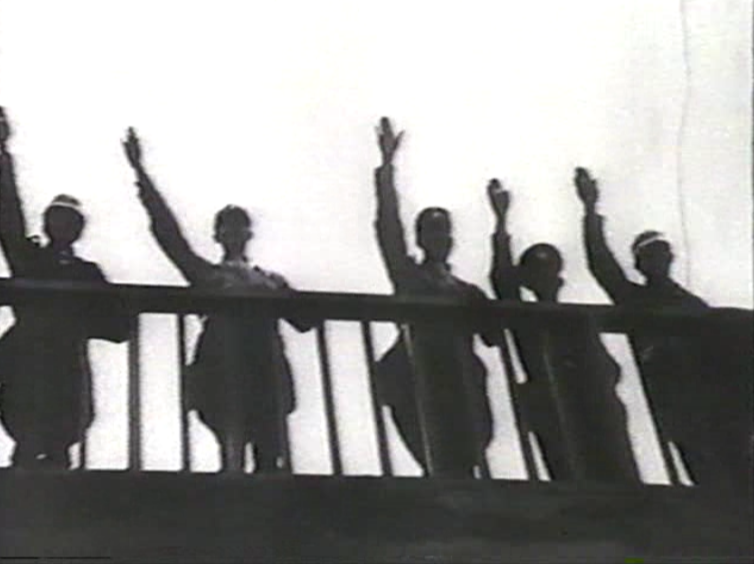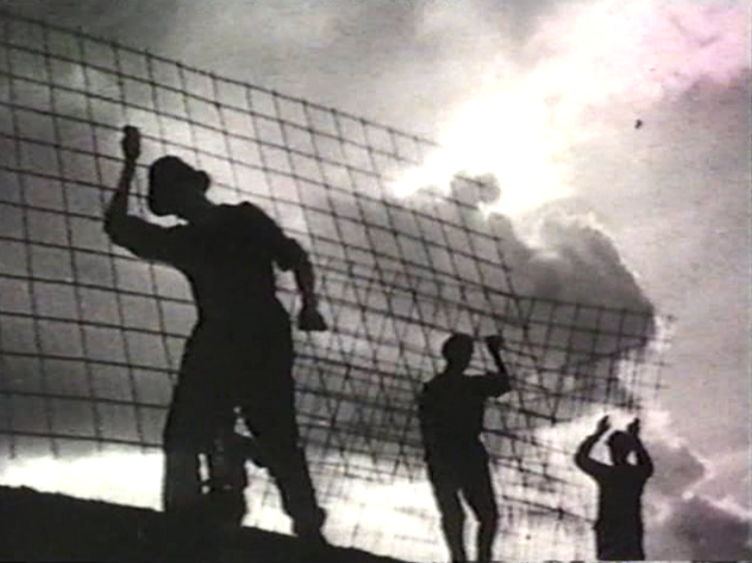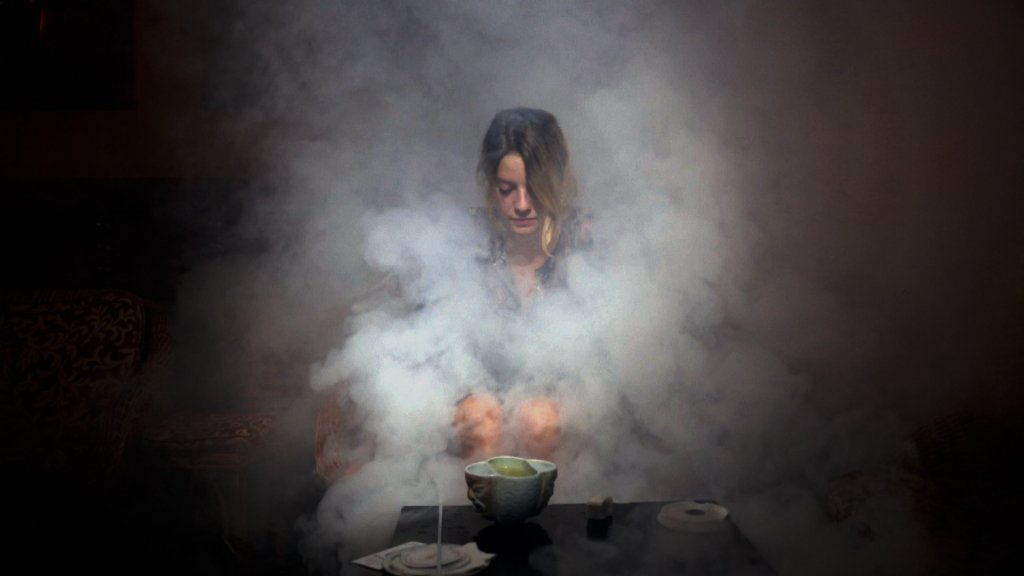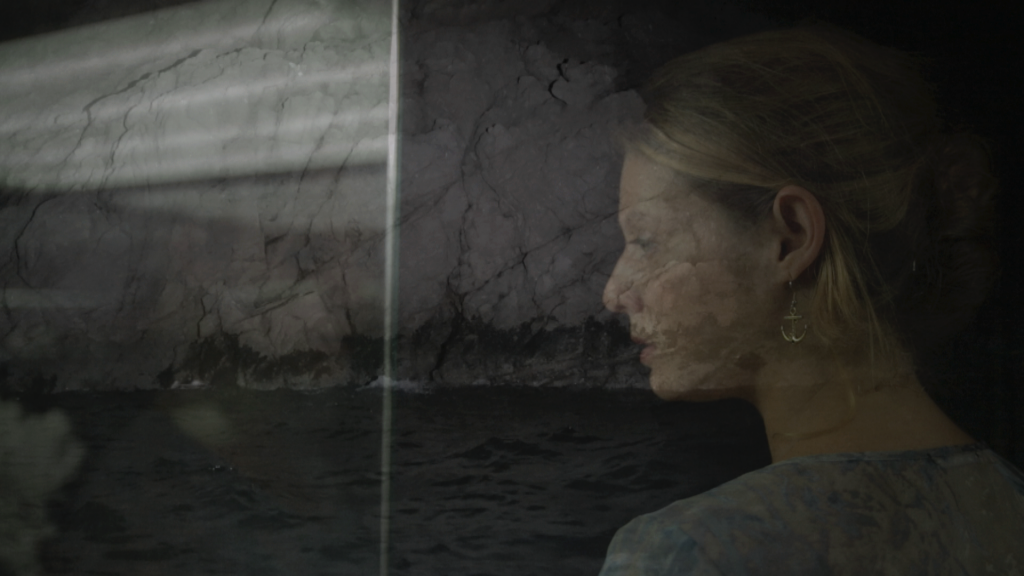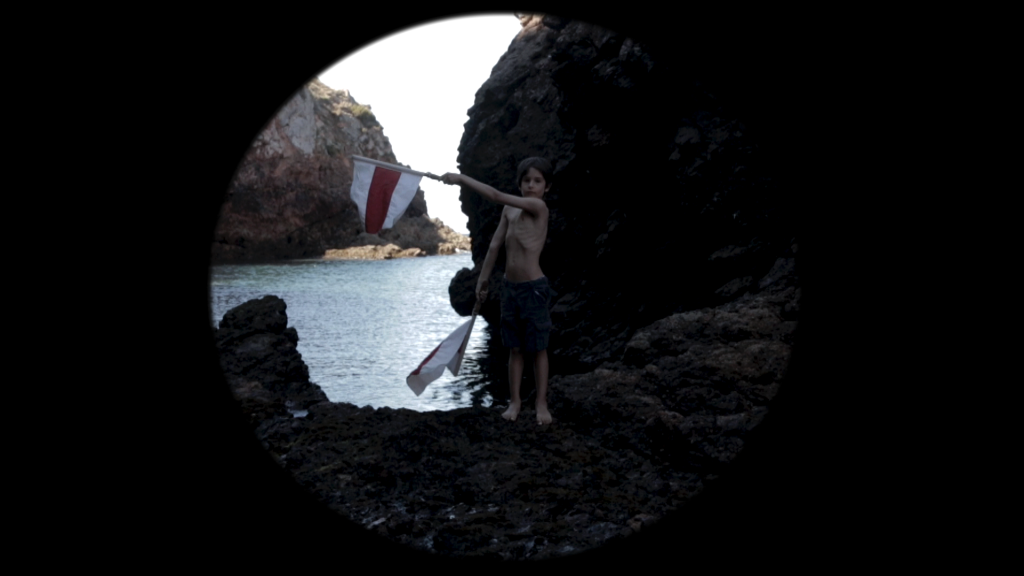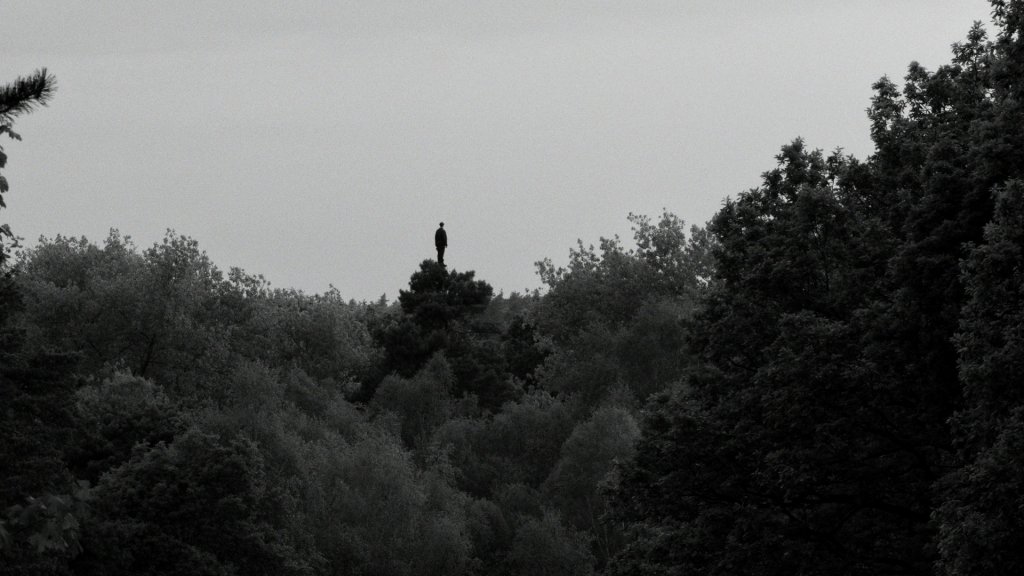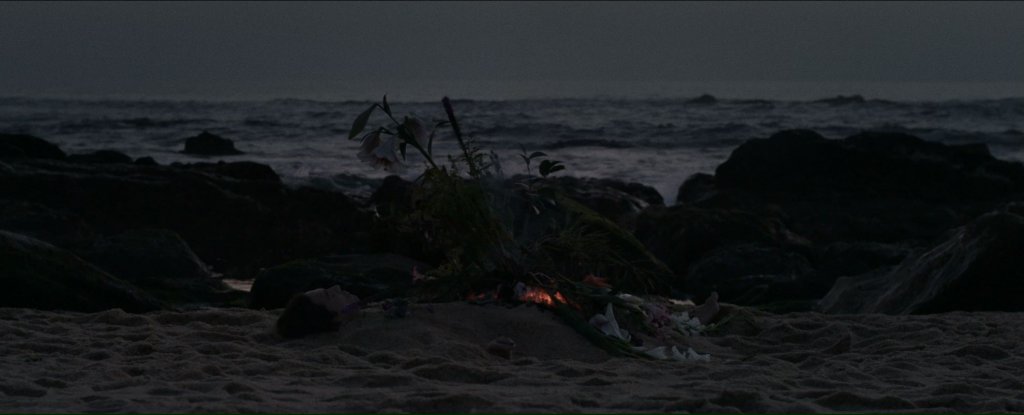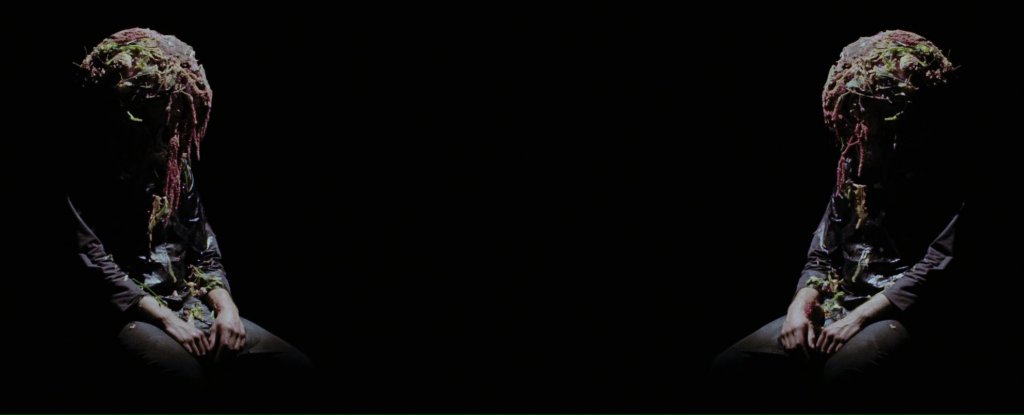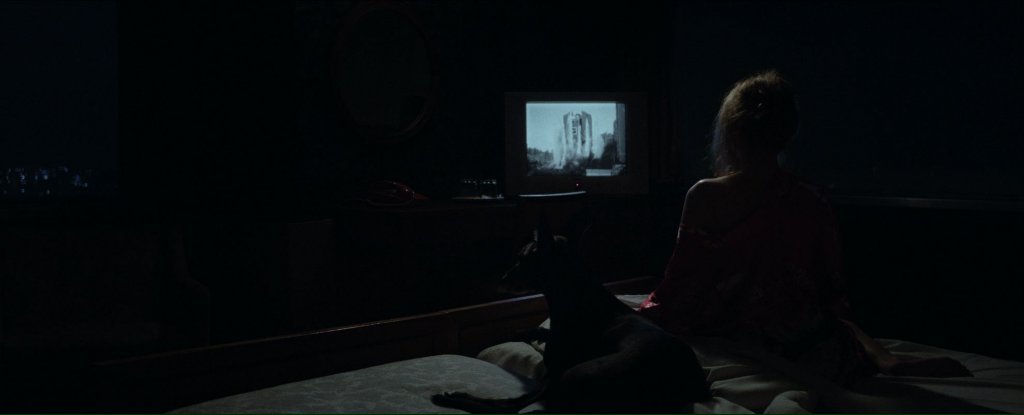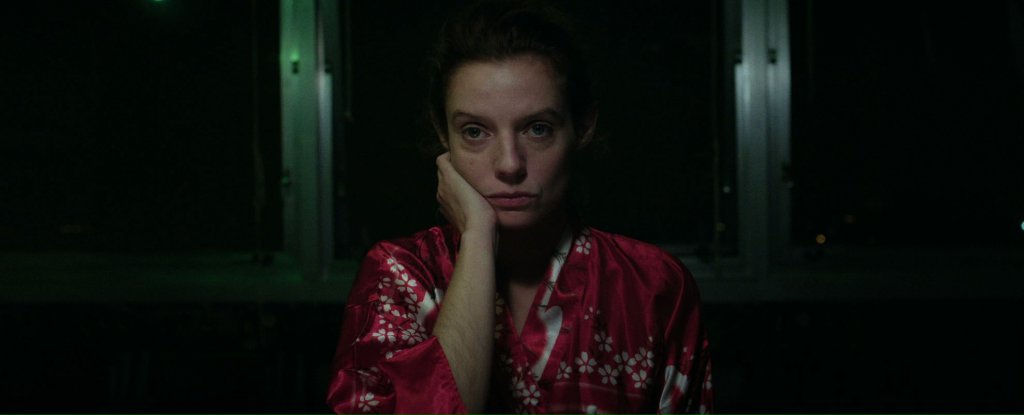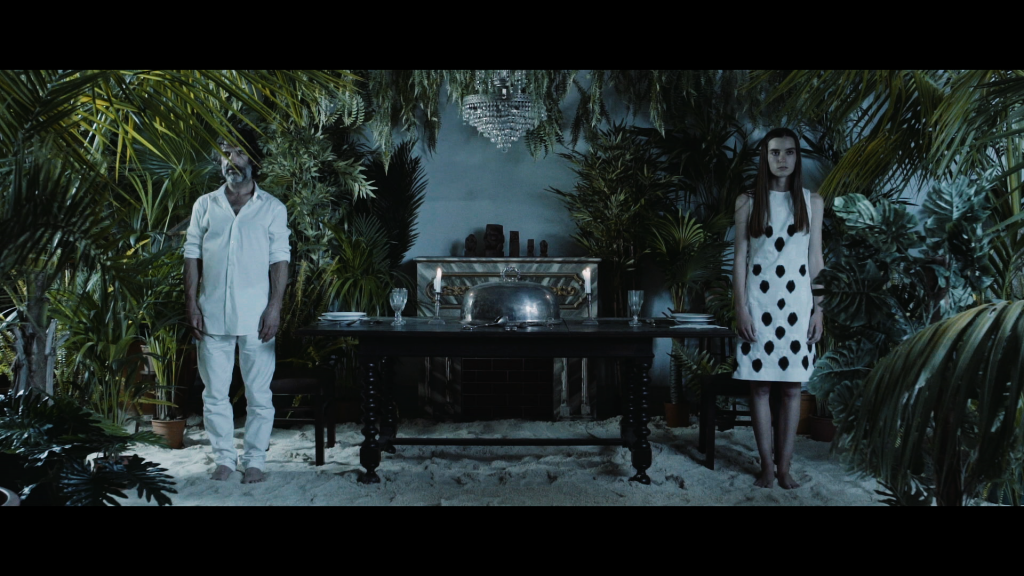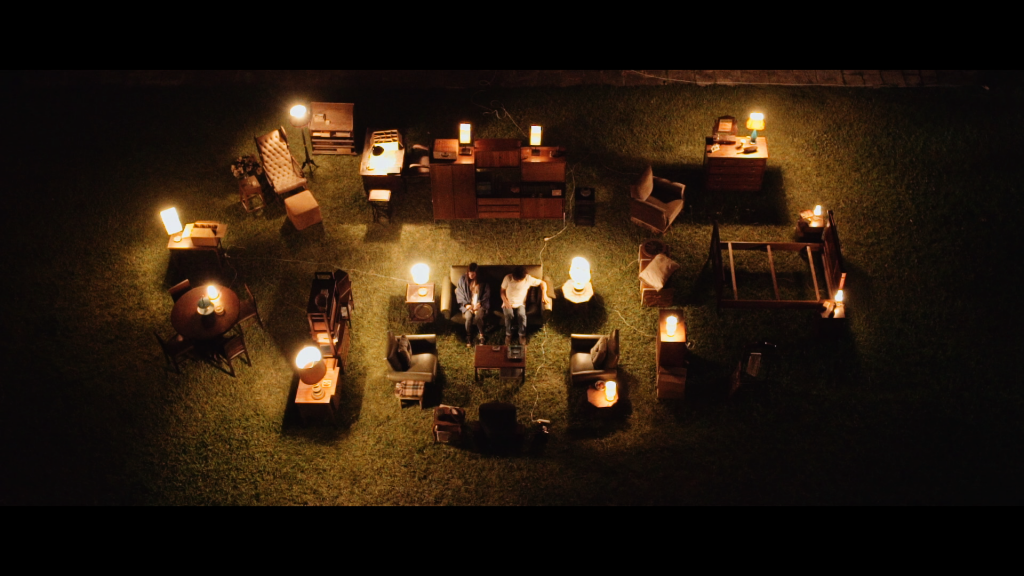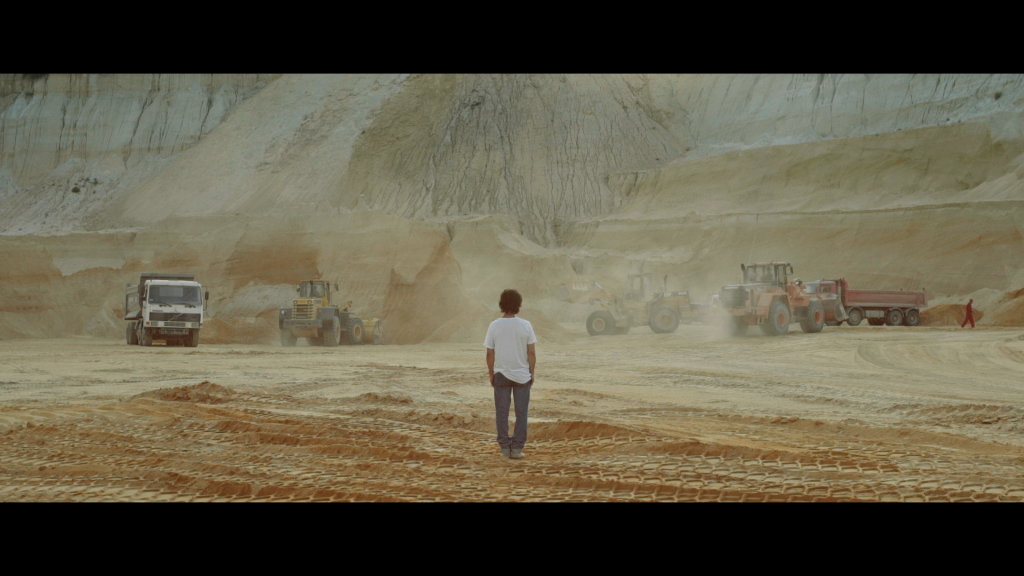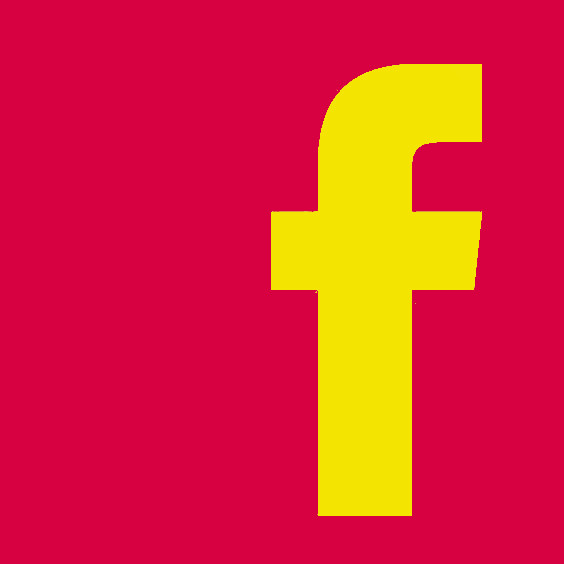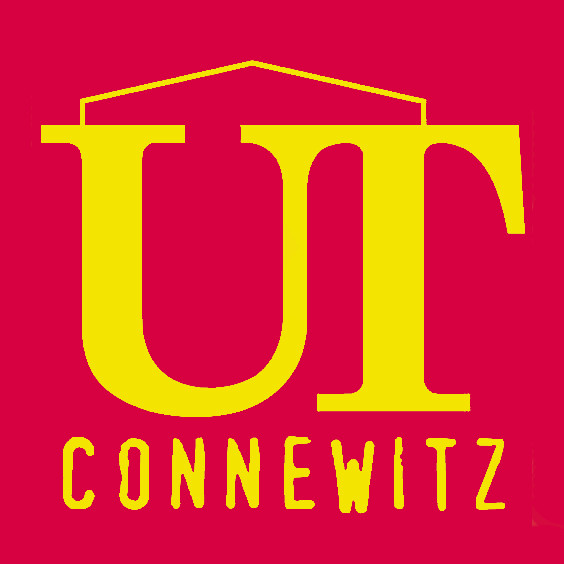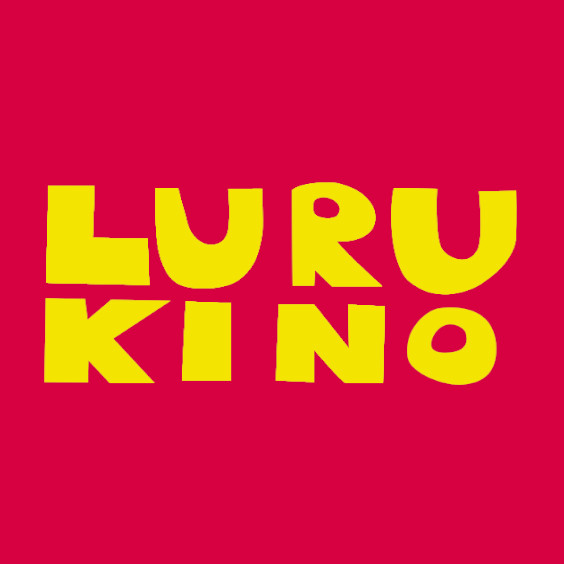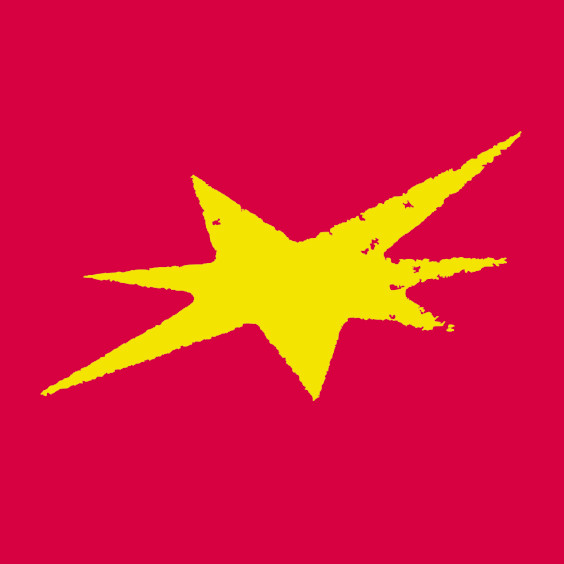“Every film, as well as every photograph, is an imprint of light (therefore photos and graphein) of what was located in front of the lens at the moment of light’s intake onto the camera’s negative material. At the same time, they picture the gaze on it: the manner of perceiving what was located in front of the camera. The shots derive from the visible things, and they derive from images that render things visible.These are two different things.“ – from: Verlorene Form, 2008
Hartmut Bitomsky (*1942 in Bremen) has realised a wide variety of mostly essayistic documentary films over the course of more than forty years. From 1972 to 1984, he was a member of distinguished film magazine Filmkritik’s editorial team and cooperative. He published several theoretical works on film, such as “Die Röte des Rots des Technicolor” (1972) and “Kinowahrheit“ (2003), and lectured at the School of Film and Video at California Institutes of the Arts. Ultimately, he was head of Berlin film academy dffb from 2006 to 2009. Still, he remains scarcely known to a broader audience.
Following the early works from his film studies, where Brecht’s sense of didactic play and Marxian theory are influences, the documentary contributions of the 70s primarily reflect on film-historical and film-aesthetic topics, covering for example early cinema or the work of John Ford. Simultaneously, he writes first texts for Filmkritik. From this point on, written text and filmed material are mutually dependent and become a meaningful complex over the next decades.
In our insight, we focus on Bitomsky’s films of the1980s, which were partly co-produced by the WDR (West German Broadcasting Corporation). They are exemplary for Bitomsky’s critically analytical reflections on images deriving from wide-spread sources of (cinematic) history. Documentary form and feature film are equally intriguing to him, as both dramatise and guide their subject matters. Key issue of the skeptical dialogue with them is the placing of things inside the frame and the viewpoints and ideas constituted by that, moreover whether these image production come closer towards the truth or rather conceal it. “I believe a documentary should not expose reality, it must articulate reality, structure it.” This reflection paradigmatically signifies a method which, by arranging found material, surveys and remeasures the visible, at times making things visible, yet without ignoring the material’s intrinsic aesthetic value. New slants are indicated by montage and a trenchant, frequently soberly laconic, voice-over.
The first day of the show is dedicated to essayistic compilations of archive films, screening DEUTSCHLANDBILDER (FRG 1984) and REICHSAUTOBAHN (FRG 1986). National Socialist aesthetic, particularly in the genre of documentary „cultural film“, has to undergo a form of pictorial clarification. Combining these two film illustrates how Bitomsky’s work is shaped by reflections and cross referencies. Film scholar and cultural film expert Ramón Reichert will give an introduction, in which he will pursue Bitomsky’s method of processing archival footage artistically and relate it to other approaches of this kind.
The following theme day compiles two works, DAS KINO UND DER WIND UND DIE PHOTOGRAPHIE (GER 1991) and DAS KINO UND DER TOD (FRG 1988), which primarily revolve around the reflexion on film- and cinematic history and doing so, deal with narrative and medial peculiarities, such as the relations between feature film and the death motif and between documentary film and reality. Simultaneously, they showcase Bitomsky’s process of working and thinking by having him stage himself engaged in dialogue with the works he is referring to. Frederik Lang, film scholar and freelance author, will talk about the context of Filmkritik and Bitomsky’s film critique and film analysis using cinematography. A screening of Filmkritik’s joint project BRESSON’S “L’ARGENT” (FRG 1983) completes the evening.
| Mon, 15.4 UT Connewitz | |
| 7 PM | Introduction by Ramón Reichert Deutschlandbilder BRD 1982/83, D: Hartmut Bitomsky, Heiner Mühlenbrock, Dok, 60’, dOV, 35mm |
| 9 PM | Reichsautobahn BRD 1984-86, D: Hartmut Bitomsky, Dok, 91’, OmeU, 35mm |
| Wed, 17.4 Luru Kino | |
| 18 Uhr | Ludwig Harig | A Flower Piece Composition: Wolfgang Wölfer • Director: Hans Bernd Müller • with Günther Sauer, Joachim Nottke, Charles Wirths • Ensemble: Zürcher Kammersprechchor and the Kinderfunkensemble Christa Frischkorn • Produktion: SR/HR/SDR/SWF 1968 • 53’ |
| 7 PM | Introduction by Frederik Lang Bresson’s “L’Argent” BRD 1983, D: Hartmut Bitomsky, Manfred Blank, Harun Farocki, 30’, dOV, File Cinema and Death BRD 1988, D: Hartmut Bitomsky, 46’, dOV, Betacam SP |
| 9 PM | Cinema and wind and Photography D 1991, D: Hartmut Bitomsky, 56’, dOV, DigiBeta Spare Time UK 1939, D: Humphrey Jennings, 15’, englische OV, 16mm |
FRG 1982/83, D: Hartmut Bitomsky, Heiner Mühlenbrock, Doc, 60′, German version, 35mm
It starts as a montage of black and white scenes presenting all kinds of sportive activities, formal attractions and everyday cheerfulness. Among them are also images of a swastika-confetti shower and first uniforms; a flood of “Deutschlandbilder”. Subsequently, a tracking shot along spread film photos, the voice over soberly assesses: “The Nazis wanted to put a complexion on Germany that pleased them. They were decidedly drawn to aesthetic beauty. They appreciated films that depicted German culture – cultural films.“ These cultural films are concerned in this essayistic compilation film made of archival footage.
The construction principle seems simple: chronological panels mark the time of origin of the commented-on Nazi cultural film extracts from 1933 to 1945; occasionally interlaced are scenes that are staged divergently, showing photographic reproductions being flicked through or paced off by the camera, accompanied by a voice over. However, the question essentially driving the film is a complicated one that cannot be resolved conclusively: What do these images tell us today, and how are we to talk about about them in the present? There has been no iconoclasm: they are accessible, commonly used to prove how fascism was like, but they themselves are an immense pseudo-production. Pseudo-realities concealing more than they show. Yet they expose something. In the end, it is said: “An image is the mask of the other.“
With an introduction by Ramón Reichert (in German)
[Working on the image | Insights into the work of Hartmut Bitomsky]
15 April, 7 pm – Luru Kino at the Spinnerei – € 6,5 (5,5 red.)
FRG 1984-86, D: Hartmut Bitomsky, Doc, 91′, OV with English subtitles, 35mm
Already prior to 1933, the road- and automobile industry projected a German motorway. Only Hitler and his Inspector General for German road sector made them into a propagated showpiece. But what they created first and foremost, is its calculated aesthetics. Contemplation outshone its actual function. The autobahn was achieved through exploitative working conditions and was subsequently scarcely used. By no means, it can be regarded as a successful job creation scheme, neither did it serve as a strategic “military road“ at the beginning of the war. Nevertheless, countless films, photographs, poems, postcards, paintings and novels accompanying it never grow tired of praising it: “Books and images were the autobahn’s facade. Most of it is self-praise or reassurance. The autobahn is useful, and it is beautiful. It is proven to one what actually should have been evident. One senses the burden of the evidence.“
Repetetively, the enthusiastic worker is put into the frame, the individual bows to the big picture. It is emphasised how a modern street is in conformity with pastoral nature. An enourmous number of such produced Nazi-images is rescued from archives and compiled. Hartmut Bitomsky’s voice-over seeks to demythologise those images. Formally undogmatic on the one hand, REICHSAUTOBAHN classically gets contemporary witnesses and experts a chance to speak on the other.
[Working on the image | Insights into the work of Hartmut Bitomsky]
15 April, 9 pm – Luru Kino at the Spinnerei – € 6,5 (5,5 red.)
Salomé Lamas is one of the most interesting young filmmakers at the moment. She works in cinema as well as in the context of fine arts, sometimes using minimal settings and reduced cinematic procedures, then again switching to an essayistic mode, shifting between documentary and fiction. Multiple layers of meaning pile up next to each other and one above the other. In order to refer to those intentional and coincidental permeations of fact and fiction, Lamas introduced the term “parafiction”. In her practice, this term displays by her playfully handling the concepts of history and individual memory, disclosing seemingly objective narratives’ construction mechanisms and questioning human judgement. Doing so, the films put themselves at the heart of the discourse on truth and reliable narration, a discourse which, interestingly, she leads on a theoretic level in her publications as well.
Content-wise, the films involve the depiction of things seemingly not showable, things suppressed, of traumas and violence. For instance, the protagonist in TERRA DE NINGUÉM (2012) talks with greatest calmness about monstrous brutalities he committed, as well as about racism and violence. An endeavour built on unreliable grounds: memories and their glamorising, report and self-fashioning overlap. EXTINCTION (2018) tells of Transnistria, self-proclaimed microstate not recognised by other states, and the local, fluid identities. ELDORADO XXI (2016) shows the landscapes of global capitalism, attle heaps in the Peruvian Andes, where gold is extracted under life-hostile conditions. The workers express themselves on their own.
Born 1987 in Lisbon, Lamas studied directing and editing at Escola Superior de Teatro e Cinema (ESTC) in Lisbon as well as at Prague film academy FAMU. In addition, she completed her art studies at Sandberg Instituut in Amsterdam and is currently doing her doctorate in film sciences at University of Coimbra. Her works are produced by “O Som e a Fúria“, a production and distribution network contributing significantly to the visibility of Portuguese auteur-cinema.
| Thu, 16.4 UT Connewitz | |
| 7 PM | Shortfilmreel Ubi Sunt PT 2017, Dok, 30′ OmeU, DCP A Torre PT 2017, Dok, 30′ OmeU, DCP Theatrum Orbis Terrarum PT 2017, Dok, 30′ OmeU, DCP Coup de Grâce PT 2017, Dok, 30′ OmeU, DCP |
| 9 PM | Terra de Ninguém (No Man’s Land) PT 2012, D: Salomé Lamas, 72’, Dok, OmeU, DCP |
| Sun, 21.4 Schaubühne | |
| 8 PM | Extinction POR/ D 2018, D: Salomé Lamas, 80’, Dok, OmeU, DCP |
| 10 PM | Eldorado XXI PT/F 2016, D: Salomé Lamas, 125’, Dok, OmeU, DCP |
THEATRUM ORBIS TERRARUM
PT 2013, A: Cavaleiros do Mar, João Fernandes, 30′, OV with Englisch subtitles, DCP
A TORRE
PT 2015, Doc, 8′, OV with Englisch subtitles, DCP
UBI SUNT
PT 2017, Doc, 30′, OV with Englisch subtitles, DCP
COUP DE GRÂCE
PT 2017, A: Miguel Borges, Clara Jost, João Pedro Benard, 25′, OV with Englisch subtitles, DCP
Juxtaposed, the assembled films exhibit central themes and narratives that are particularly present in Lamas’ work, such as the relation of a story to its visual representation or the impact of fiction in every kind of storytelling – most notably in allegedly documental narratives. Lamas’ objective is not so much a “true“ depiction of the real, but rather she focuses on ambiguities, on elements of social realism being side by side with dreamlike, surreal telling.
A TORRE for example consists of material that came about during the filming of EXTINCTION (see 20 April, 8pm). In contrast to EXTINCTION, protagonist Kolya does not enter the delicate realm of nationalistic conflicts here, but instead only the region where nature and human body, sky and earth meet. Kolyas body blends with a treetop. Lamas offers different variants on how this border transgression can be read. In TEATRUM ORBIS TERRARUM, the point of reference is the first atlas from the year 1570, consisting of 70 single cards. The idea of a pictorial depiction of space is the starting point of her unique adventure tale, where she expands the arbitrariness and fictivity of a map to museums and archives, that is to the other representing forms of “theatre“. UBI SUNT addresses the social and geographic outskirts of Porto with eclectic images and stories. Interviews of inmates of a juvenile prison alternate with dance performances.
16 April, 7 pm – UT Connewitz – € 6,5 (5,5 red.)


